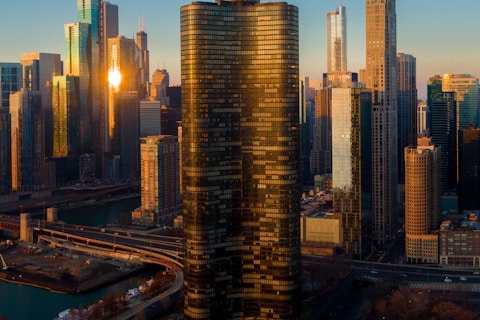Celebrating Diversity in Architecture
Prior to the summer of 2020 many people and organizations in the architecture/design industry spent time calling attention to the lack of diversity. While we are aware it affects many industries, I can only write and speak with accuracy to what happens in the industry I work in. In the summer of 2020, it was as if the industry woke up and it was en vogue to get on board, post black squares and issue statements. As anyone in an underrepresented group knows, reacting is not enough, persistent and sustained action producing measurable results is key to transformative change, and that transformation should be expected within 5-8 years not 40.
When FTI (Façade Tectonics Institute) thought as an association we should issue a statement of action, my question was why? What will we do? How will we promote persons from underrepresented groups at our conferences and in our purpose as an organization? My questions prompted everyone to pause and think about how to do something tangible and not something reactive, something beyond JEDI initiatives that fall flat after a year or two.
As a woman in the design industry with a love for façade design with respect to fabrication, science, performance, and aesthetic, it has been hard to be sponsored in this specific area. When people in the industry make comments alluding to why there are so few women in design, it blows my mind. How can we not see with our own eyes that women are sidelined along the way, pushed towards interior design or management? While nothing is wrong with either of these roles, some women and persons from underrepresented groups do want to pursue design and execution of facades. Leaders in these areas should ask themselves why they continue to perpetuate behaviours that we all know and have identified as corrosive to future talent.
The pedagogy of architectural education also needs to change. Instead of venerating only the work of Western design, celebrate the work of architects such as Diebebo Kere, Zaha Hadid, Frida Escobedo Lopez. If individuals from underrepresented groups and women see what they can do during their training, they may stay with and pursue façade design without the burden of worrying about when they will be pushed out or sidelined. It makes no sense to teach someone to aspire to be Frank Lloyd Wright or even Alvar Aalto when they have nothing in common with them, especially when other examples are clear and evident. By eliminating the diversity in pedagogy we teach the next generation there is only one way to be, to think, to design, and then we wonder why they are not able to pursue façade system design in its most responsive form, a façade that is environmentally responsible, that serves all and not a few.
Lastly, in order to bring more underrepresented persons and women to the forefront to practice in the area of façade design, the practice needs to stop being represented as a single person sporting event. Every project I have worked on that has a façade worthy of consideration has had an entire team behind the work, and that team usually includes women and persons from underrepresented groups. In many cases, it is rare that the team is given credit. Many publications are now realizing the value of acknowledging the team, including consultants, material suppliers, contractors, fabricators, and installers, an important form of recognition in our industry.

Dahmahlee Lawrence, AIA, NCARB, LEED AP
Project Architect; Associate
Perkins&Will
Looking for something specific?
Search our extensive library.
FTI’s SKINS email is the central source for the latest in building skin trends and research.
All emails include an unsubscribe link. You may opt out at any time. See our privacy policy.









